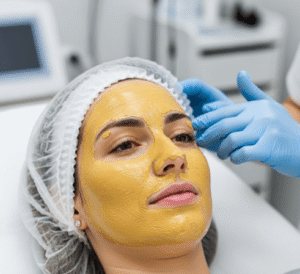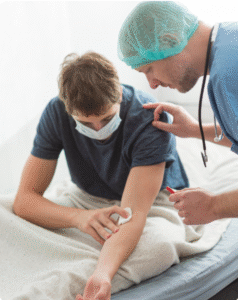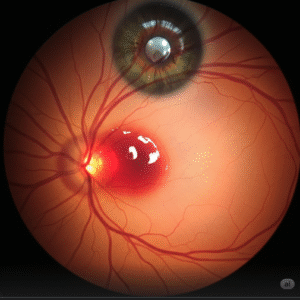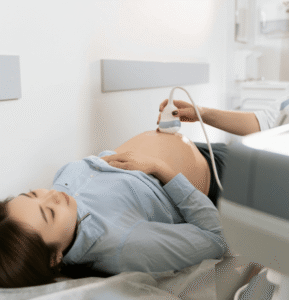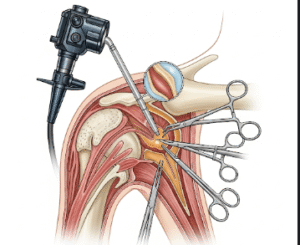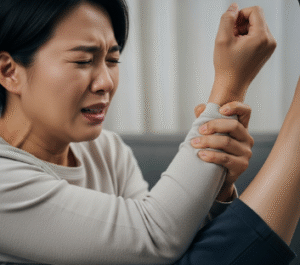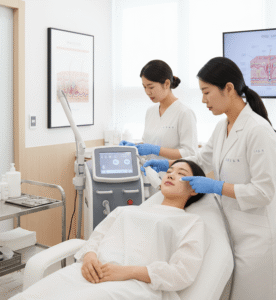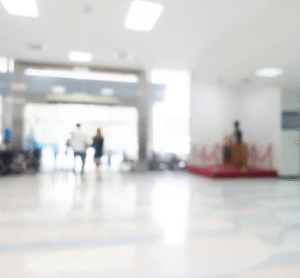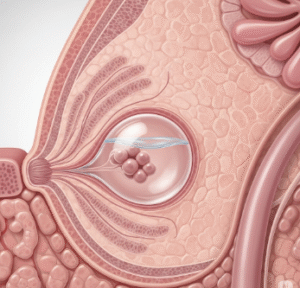What it is
Plantar wart care focuses on treating warts that develop on the soles of the feet. These are caused by certain strains of the human papillomavirus (HPV). Because of constant pressure from standing and walking, plantar warts often grow inward, creating hard, painful lesions surrounded by thickened skin.
Typical signs of plantar warts:
- Small, rough, grainy growths on the sole
- Black pinpoint dots (clotted blood vessels)
- Pain or tenderness when standing or walking
- Callus-like thickening of skin over the wart
💡 In Korea, plantar wart care is common in dermatology and podiatry clinics. Since they can be stubborn and recurring, Korean specialists often use combined therapies (cryotherapy, laser, immunotherapy, and topical care) for best results.
Why it’s done
Plantar wart treatment is important for both comfort and health:
✔ To relieve pain when walking or exercising
✔ To prevent spreading to other areas of the foot or other people
✔ To restore mobility and quality of life
✔ To remove stubborn lesions that don’t respond to at-home care
✔ To avoid complications in patients with diabetes or poor circulation
Alternatives
If professional care is not pursued, alternatives include:
➡️ Over-the-counter salicylic acid patches or liquids – Slow peeling of wart tissue.
➡️ Duct tape occlusion therapy – Folk remedy, but limited evidence.
➡️ Home freezing kits – Less effective than clinic-grade cryotherapy.
➡️ Observation – Some plantar warts disappear within 1–2 years, but most cause pain before then.
⚠️ Korean dermatologists typically recommend professional removal, as plantar warts are resistant and painful.
Preparation
Before plantar wart care in Korea:
- 🔹 Dermatology consultation → Confirms diagnosis (warts vs. calluses or corns).
- 🔹 Skin analysis → Determines wart depth, number, and location.
- 🔹 Medical history review → Important for patients with circulation issues, diabetes, or weakened immunity.
- 🔹 Pre-care → Keep feet clean, avoid over-the-counter acids for a few days before clinic visit.
How it’s Done
Korean clinics use a multi-step approach for plantar wart care:
Non-Surgical Treatments
- Cryotherapy (liquid nitrogen freezing)
- Freezes wart tissue, causing blistering and natural shedding.
- May require multiple sessions.
- Laser therapy (CO₂ or pulsed-dye laser)
- Vaporizes wart tissue and seals blood supply.
- Effective for stubborn or deep plantar warts.
- Electrocautery
- Burns off wart with heat probe.
- Common for smaller lesions.
- Topical treatments
- Prescription-strength salicylic acid, imiquimod (immune booster), or cantharidin (blistering agent).
- Applied in-clinic or at home between visits.
- Immunotherapy
- Stimulates immune system to fight HPV causing the wart.
- May involve topical agents or injections.
Surgical Option
- Curettage (scraping) or surgical excision may be considered for resistant cases, though less common due to scar risk on the sole.
Recovery
Recovery varies with the method:
➡️ Cryotherapy → Redness, swelling, blistering for 2–5 days.
➡️ Laser/electrocautery → Small wound or scab heals in 1–2 weeks.
➡️ Topicals → Gradual results over weeks to months.
Post-care in Korea includes:
- Protective dressings or hydrocolloid patches to reduce friction
- Topical ointments or scar-prevention gels
- Sunscreen if wart was on sun-exposed foot areas (rare, but possible for dorsal foot warts)
- K-beauty healing products (aloe, centella, snail mucin creams) for soothing
Complications
Plantar wart treatment is safe but may include:
⚠ Possible side effects:
- Pain during or after treatment (more common in foot warts)
- Blistering or scabbing from cryotherapy or laser
- Temporary difficulty walking comfortably
- Pigmentation changes or scarring (rare)
- Recurrence (warts often return if HPV remains in skin)
Korean clinics reduce risks with precise lesion targeting, advanced lasers, and holistic scar prevention routines.
Treatment Options in Korea
Korea offers comprehensive plantar wart care with a mix of modern dermatology and K-beauty recovery practices.
🇰🇷 Popular Korean Approaches:
- Cryotherapy + topical acids → Standard first-line treatment
- Laser removal (CO₂, pulsed-dye) → For resistant or deep warts
- Immunotherapy + laser → For recurrent plantar warts
- Hydrocolloid dressings & LED therapy → To speed up healing and reduce pain
- K-beauty recovery care → Centella-based creams, soothing masks, and scar gels
✅ Final Thoughts
Plantar wart care in Korea is designed to eliminate stubborn, painful foot warts while minimizing discomfort, scarring, and recurrence. With a combination of cryotherapy, laser, electrocautery, and immune-based therapies, Korean clinics provide personalized, effective solutions for patients.
By combining medical expertise with K-beauty aftercare, Korea ensures plantar wart treatment not only clears the lesion but also restores smooth, healthy skin for confident steps.



